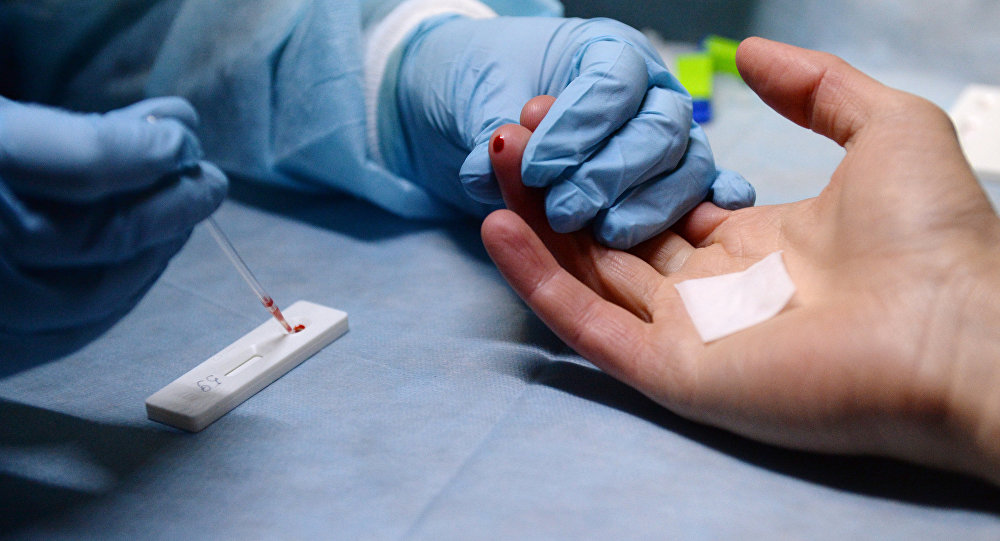
Symptoms and signs of HIV in men, women and children.
The content of the article
- Symptoms and first signs of HIV in women, men and children in the early stages: after how much appear after infection?
- Manifestations of HIV in infected people - skin rashes, flare in the language, ulcers in the mouth, herpes: photo, description
- Temperature of body, diarrhea, highlighting women with HIV infection
- HIV symptoms in a month, half a year, a year after infection in women, men and children: stages of the disease, photo
- HIV and AIDS: What is the difference?
- How to determine HIV for general blood test?
- Is HIV excluded 4 months after contact with an infected person?
- What if you discovered HIV?
- Video: HIV Symptoms
HIV is a terrible disease, which has not yet been found for medicines that can fully cure the virus. But if the disease is found in the early stages, it is possible to fight the disease and live like all ordinary people. That is why timely diagnosis is important.
Symptoms and first signs of HIV in women, men and children in the early stages: after how much appear after infection?
In general, HIV is a fairly cunning virus. Immediately after infection, he practically does not exhibit. After about 3 months after infection, the patient can observe chills, dizziness and weakness. Many people confuse these symptoms with an ordinary cold. After that, the virus again asymptomatically lives in the body, gradually destroying his immune system.
Scary symptoms appear in about a few years, when the disease is practically not amenable to treatment. The body is so weakened that it is not able to fight colds and fungal diseases.
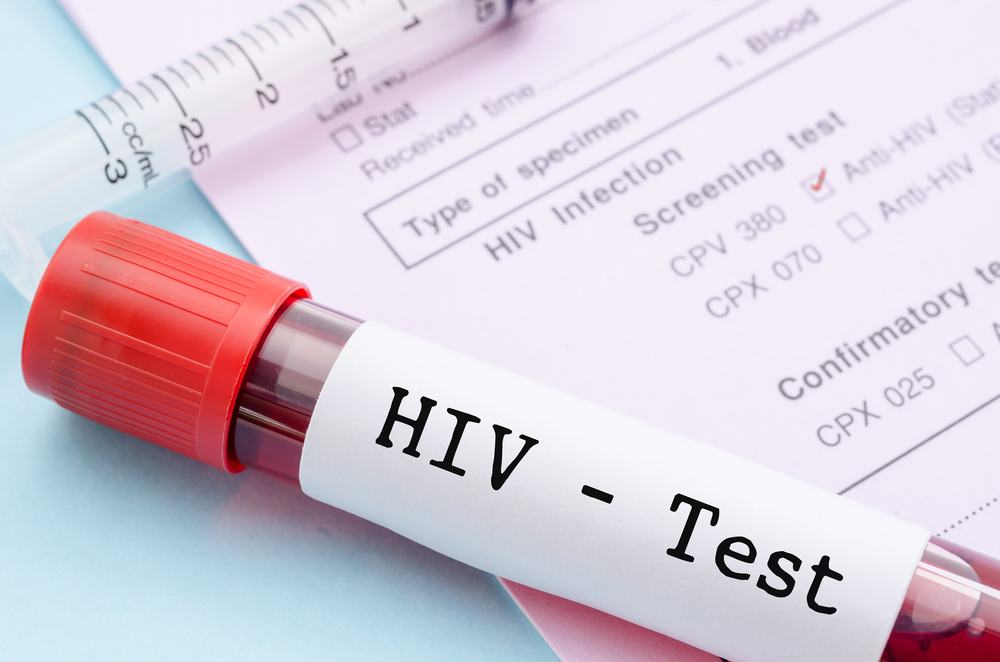
Symptoms and first signs of HIV in women, men and children in the early stages
Manifestations of HIV in infected people - skin rashes, flare in the language, ulcers in the mouth, herpes: photo, description
Such symptoms appear after the virus deeply introduced into the body and violated the work of the immune system.
List of symptoms in HIV-infected people:
- Mycosis. Fungal illness of the skin and the scalp, which is characterized by peeling and the presence of a crust.
- Piergers. This is a damage to the skin with Cockkops. Because of this, rashes with papulas and suppuration appear. Later they merge into whole purulent lesions.
- Seborrheic dermatitis. This is also a disease caused by fungi, which is characterized by the presence of peeling and rash.
- Herpetic rashes. At the same time, herpes virus can affect both the genitals, lips and other parts of the body. Frequently appears hailing deprived.
- Sarcoma, Melanoma. Since the body is not able to fight any ailments, malignant neoplasms arise.
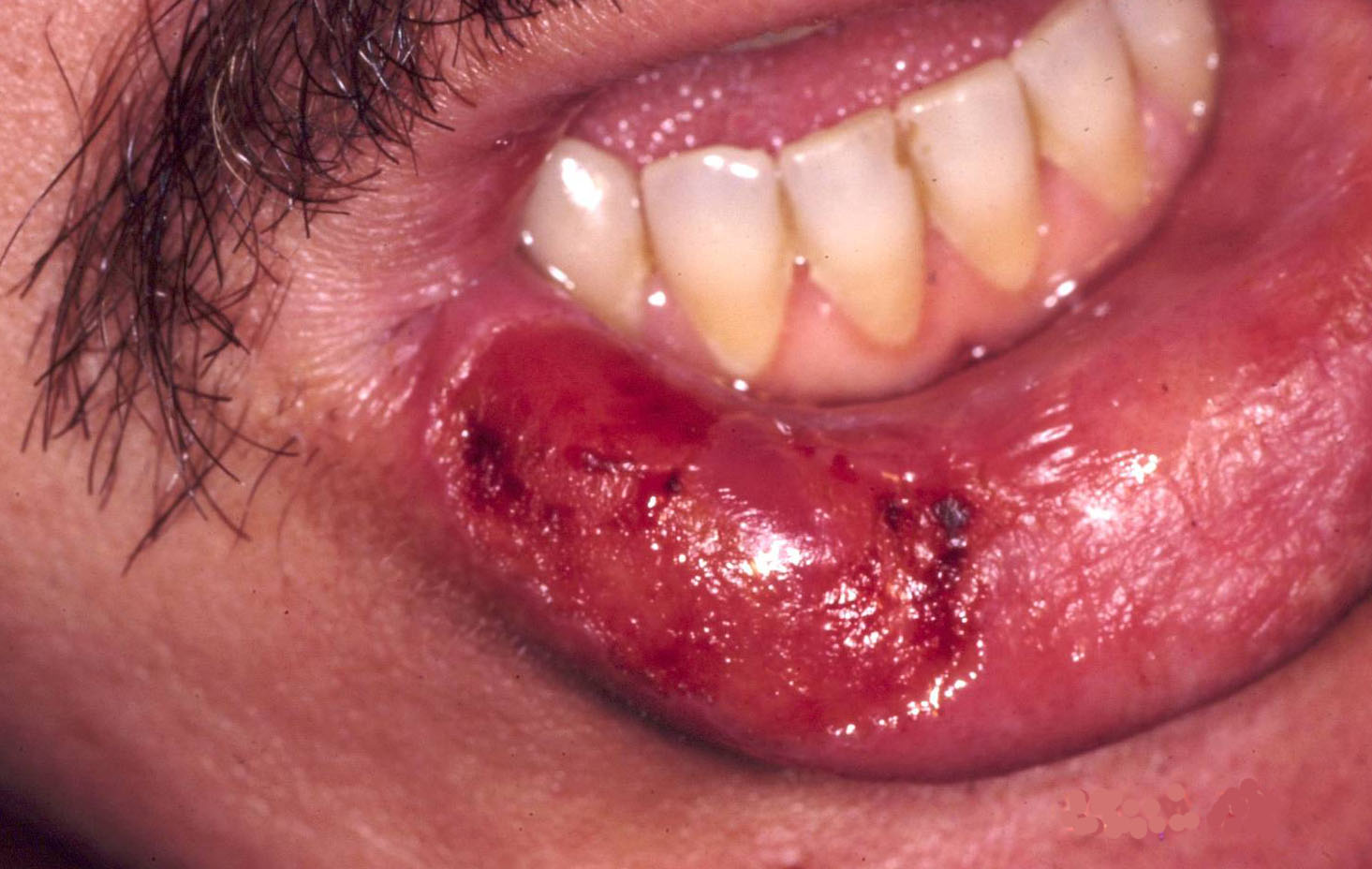
Herpes
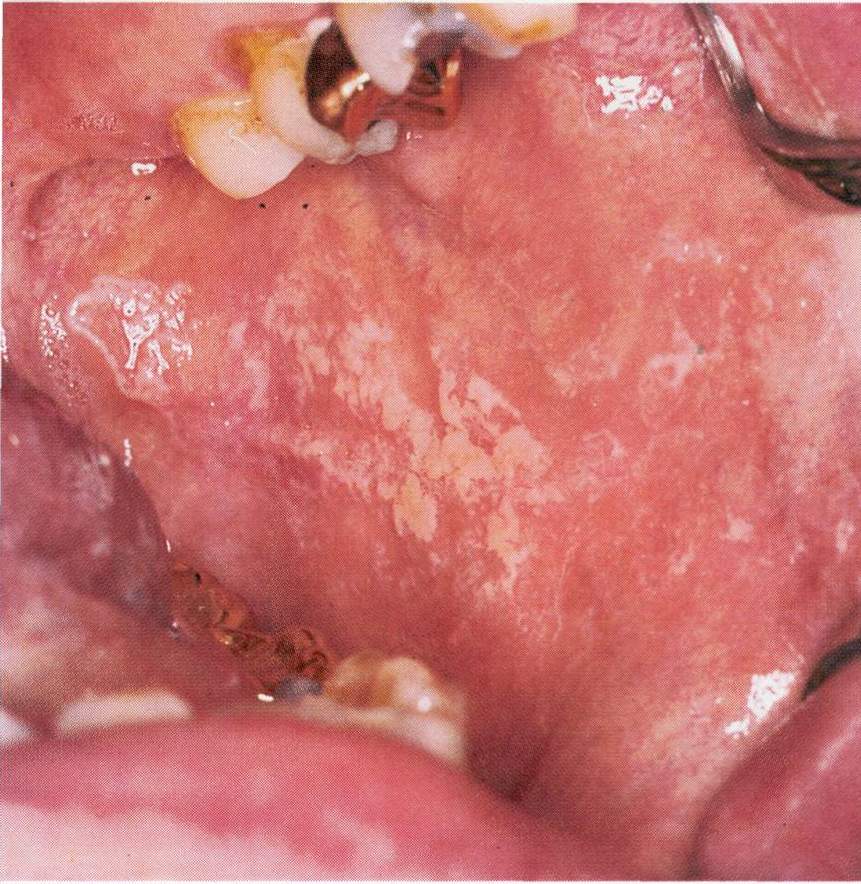
Candidiasis of the oral cavity
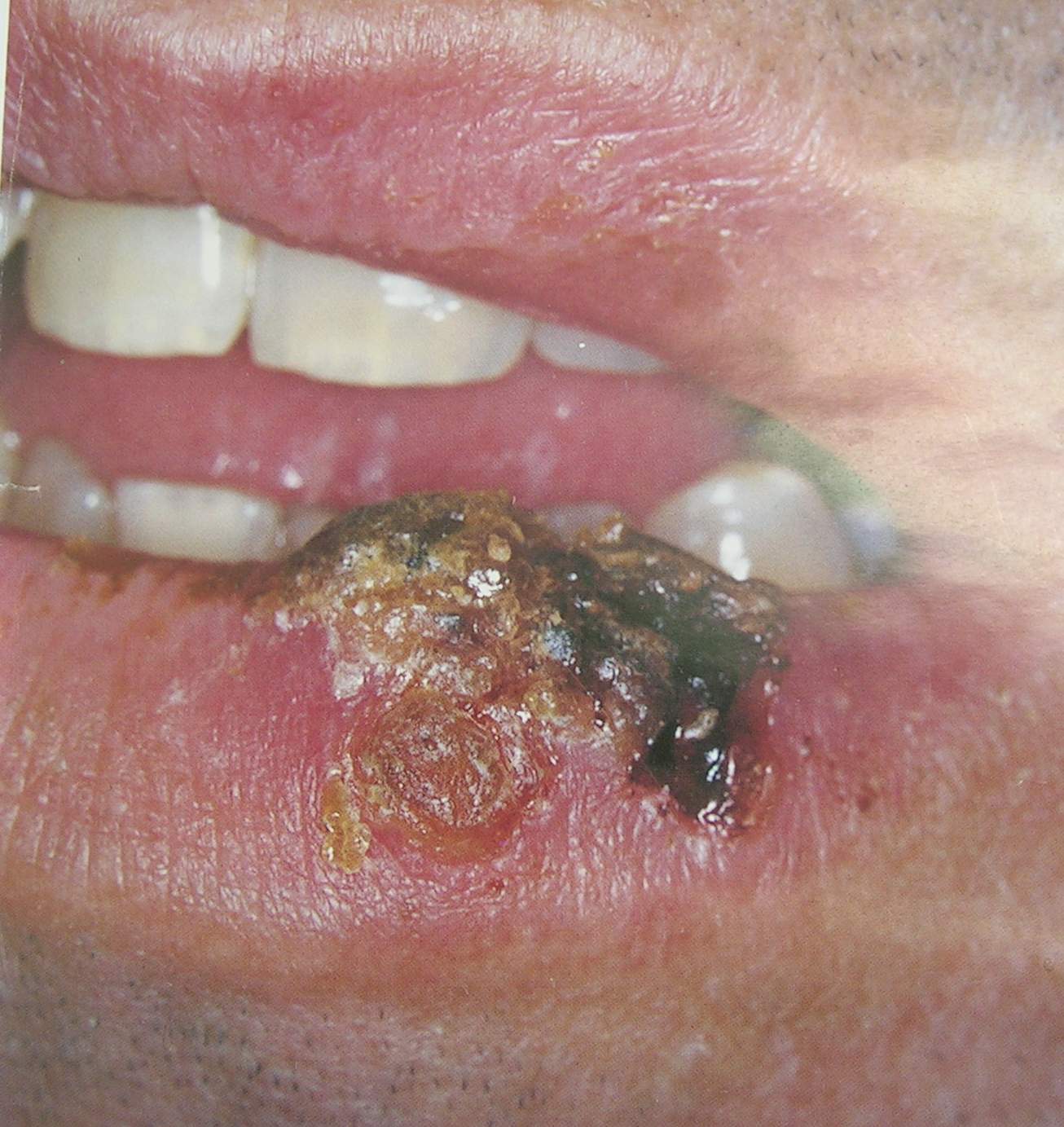
Herpes virus
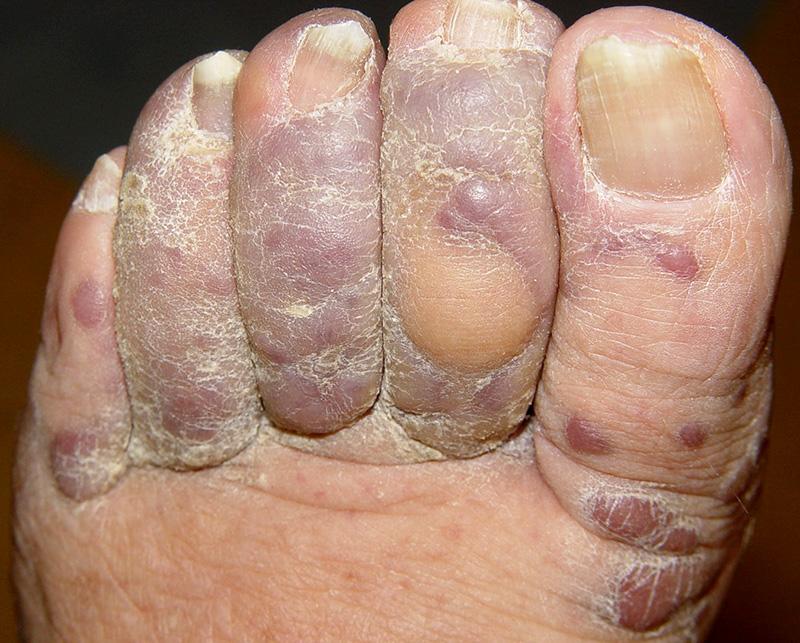
Sarcoma foot
Temperature of body, diarrhea, highlighting women with HIV infection
Signs of HIV in women:
- Temperature of the body 1-3 months after infection rises. This is usually a subfebrile temperature at 37.0-37.5 ° C.
- Selection with HIV gray or greenish shade with an unpleasant odor. For women are characteristic of the permanent recurrences of the thrush. Almost constantly a woman worried white curls, which, despite treatment, appear again.
- Also because of the failures in the operation of the gastrointestinal tract there are diarrhea. It is not so frequent as in poisoning, but 2-3 times a day diarrhea.

Temperature of body, diarrhea, highlighting women with HIV infection
HIV symptoms in a month, half a year, a year after infection in women, men and children: stages of the disease, photo
HIV does not immediately make himself felt. There are several stages that are characterized by various symptoms.
HIV stages:
- Incubation period. This is the period from the moment of infection until 3 months. There are no manifestations and symptoms during this period.
- Stage of primary appearances. This is also the period for which many do not pay attention. There is a temperature, there may be cough, angina, weakness, high sweating. It lasts about 2 weeks. Often no one and think that this is a terrible virus.
- Subclinical period. It is characterized by the lack of any symptoms. In this case, immunity slowly destroyed. Continues from 2 to 10 years.
- Prespid. This state is when the immune system is destroyed and not able to fight with any ailments. A person suffers from mycoses, viruses and frequent colds.
- AIDS. In this state, the patient cannot even survive a banal cold. It can burn at temperatures and ORVI. Behind this stage should death follow.
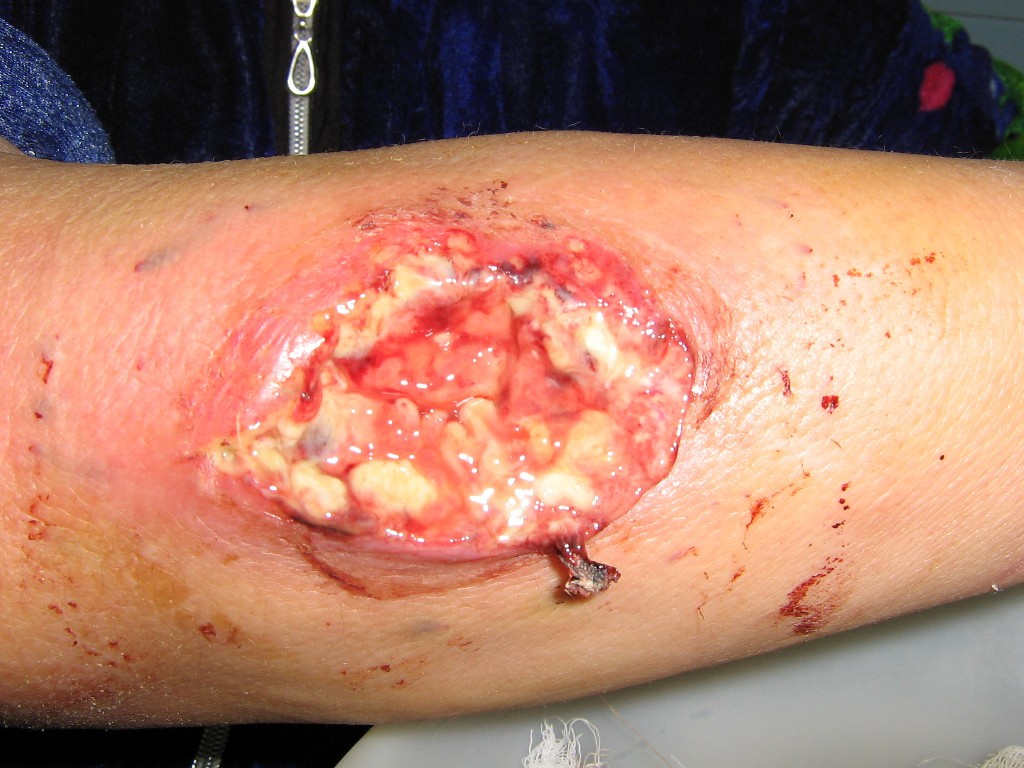
Puss
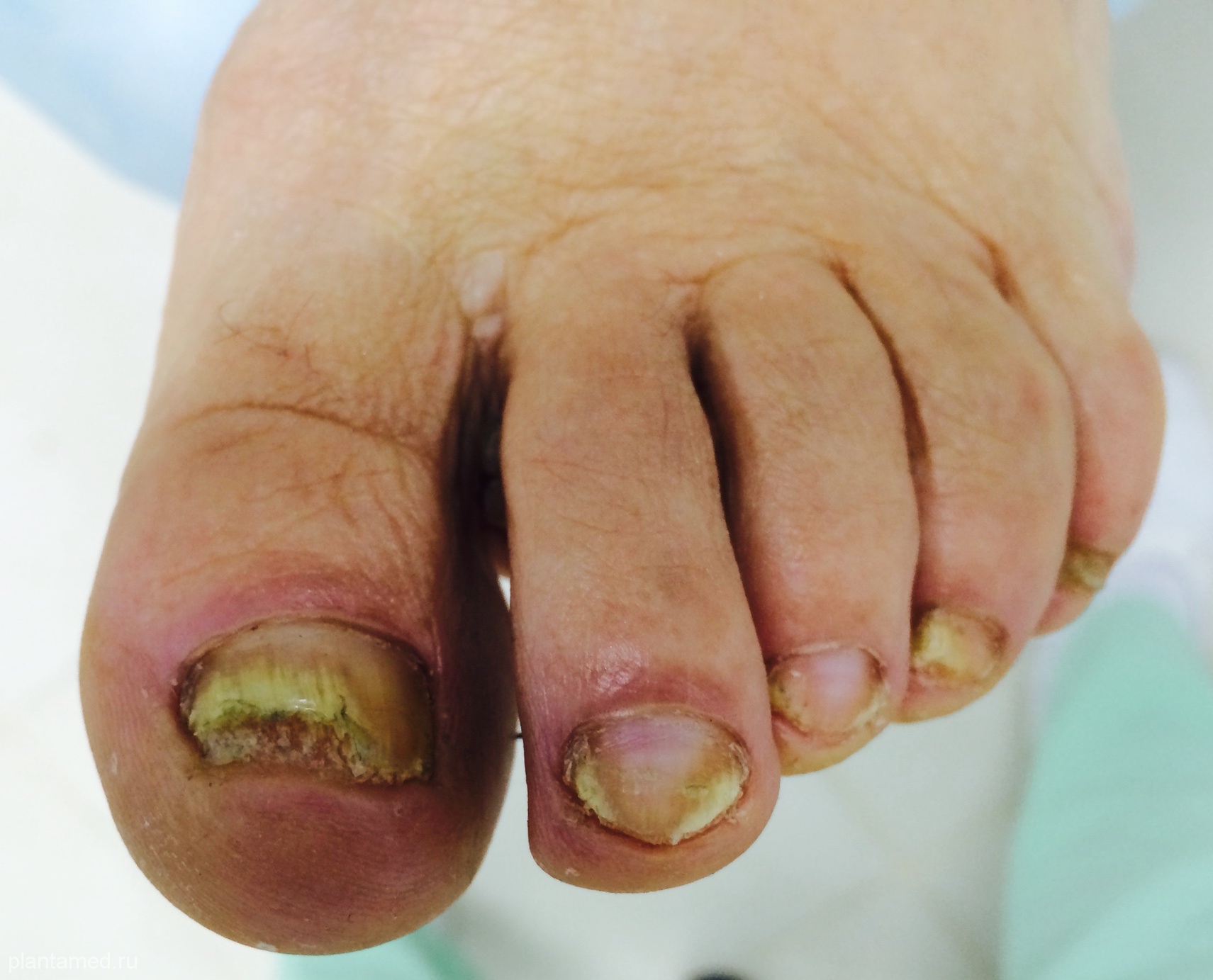
Mycosis Foot
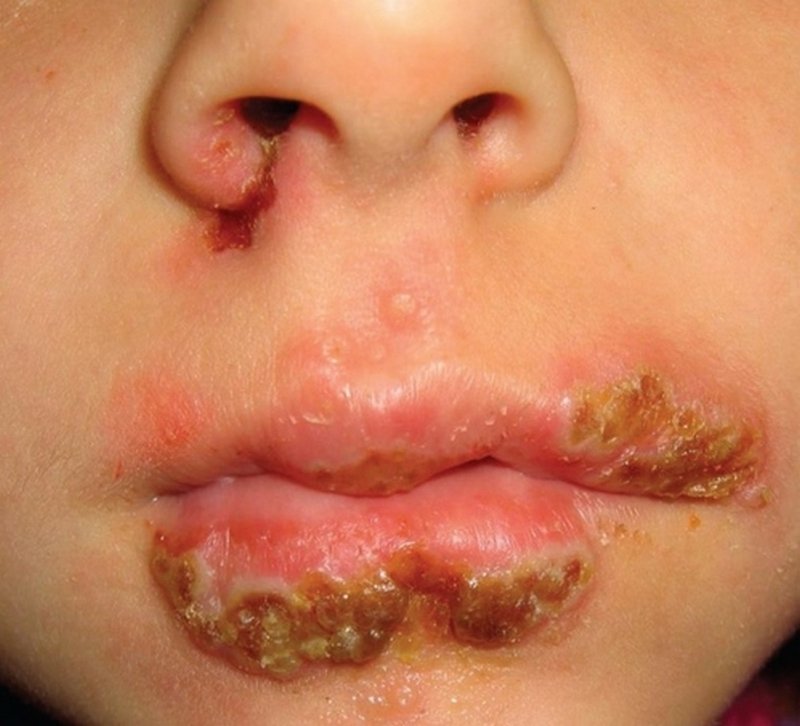
Herpes virus
HIV and AIDS: What is the difference?
HIV is a condition in which the virus is sitting in the body, but there are no symptoms. At this stage, you can restrain the virus and maintain health. If the virus provokes the destruction of the immune system and there is aids, it is already impossible to cure it. If HIV is detected, a person can live for another 15-25 years, and if AIDS is detected - several months.
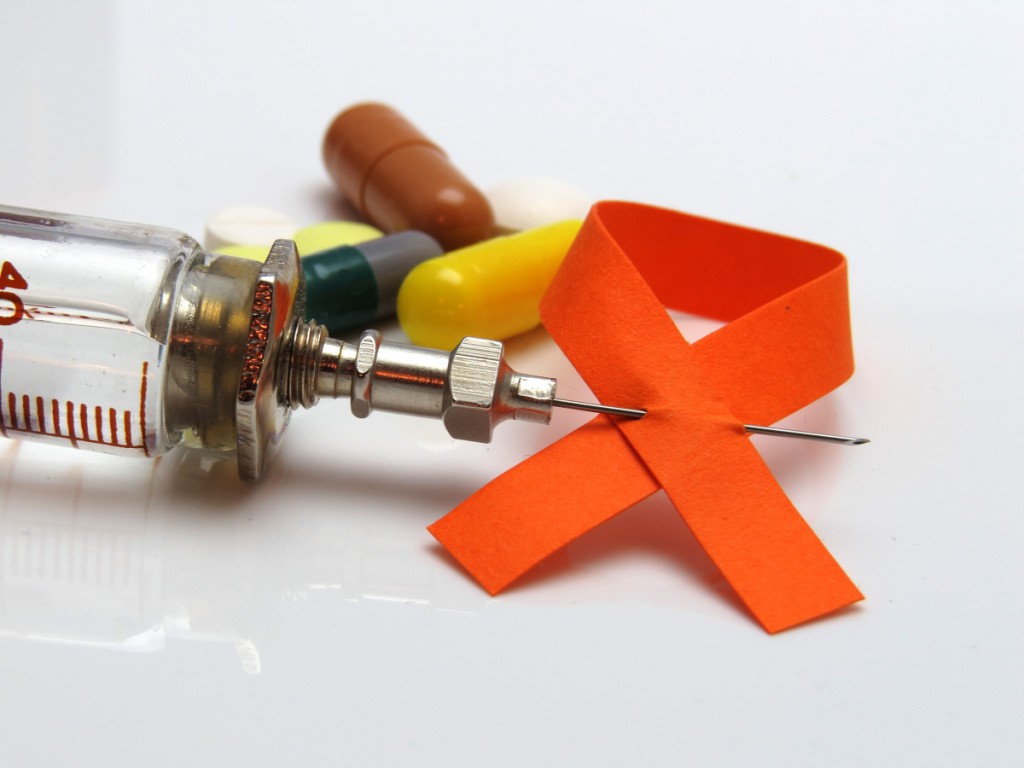
HIV and AIDS: What is the difference?
How to identify HIV as a general blood test?
In general, an experienced specialist in general blood test may suspect HIV. Directly CBC points to the presence of the virus, but contains indirect signs.
What will the general analysis of blood:
- Decrease in hemoglobin. It is due to the decrease in the number of red blood cells. When this work is broken bone marrow.
- Reducing the number of platelets. This reduces blood clotting, bleeding may occur.
- Decrease in white blood cells (At the stage of loosening of the immune system). The lymph nodes formed enough leukocytes, so there is no fight infections.
- Increasing the level of leucocytes (With the recent introduction of the virus). During this period the activity of immune system produces antibodies. Therefore, the number of leukocytes increases.
- Reducing the number of neutrophils. This calf produced by the bone marrow.
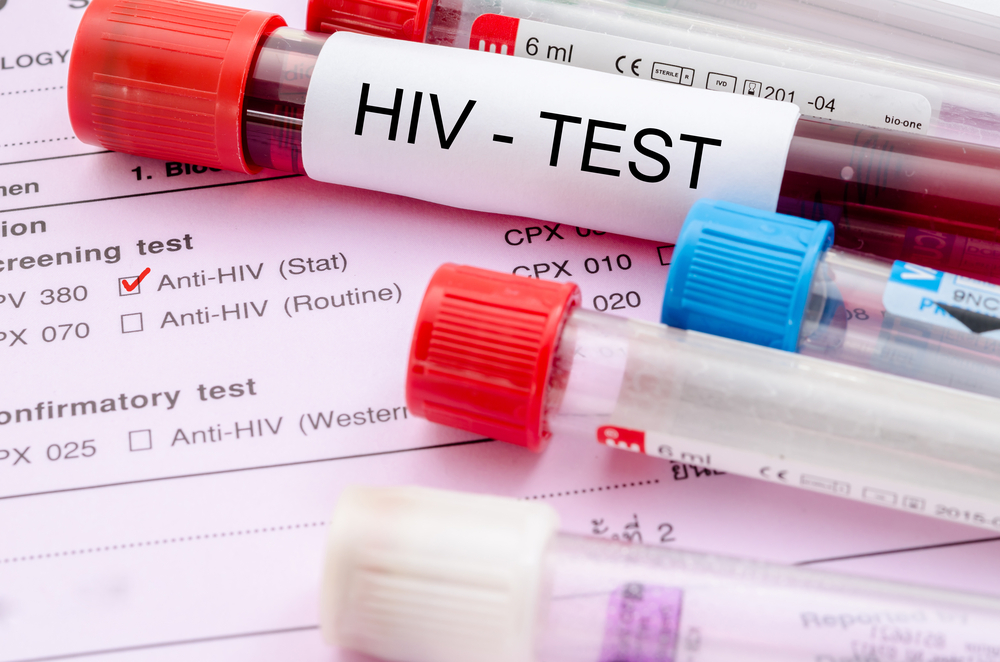
How to identify HIV as a general blood test?
Can HIV be excluded after 4 months after contact with an infected person?
In general, if you had a relationship with an infected person, it is still about 2-3 months of tests may show nothing. This is due to the fact that antibodies are produced immediately, but only after 2-12 weeks after infection in the body, there are antibodies.
If you have had contact 4 months ago and the analysis is negative, HIV is not present. For 4 months in any case, antibodies are formed. Although medicine is known for the case where the antibodies found in just 8 months after infection.
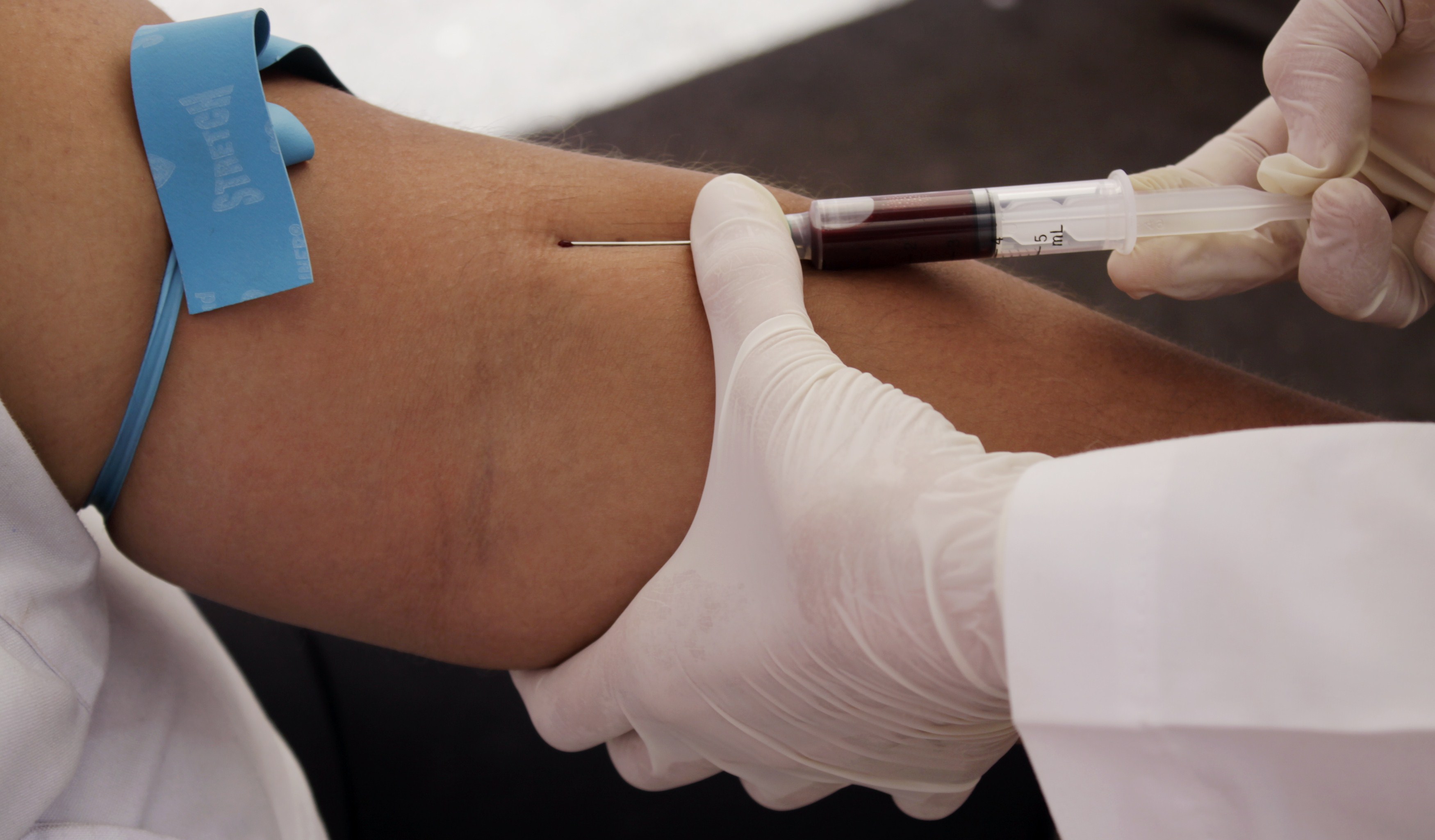
Can HIV be excluded after 4 months after contact with an infected person?
What to do if diagnosed with HIV?
It should inform their families and sexual partners. It is essential that children and the sexual partner is also handed over analyzes. After that infected provided assistance. Now, many drugs for HIV-infected are free. At the same time as you wish, you can buy more expensive drugs.
Do not panic, as in the use of medicines can live more than 20 years of normal and full life. It is really a healthy baby infected mother. To this end, the gynecologist appoints a number of drugs that block viral entry into the body baby. You should definitely observe preventive measures to avoid infecting friends. It is not necessary to engage in unprotected sex.
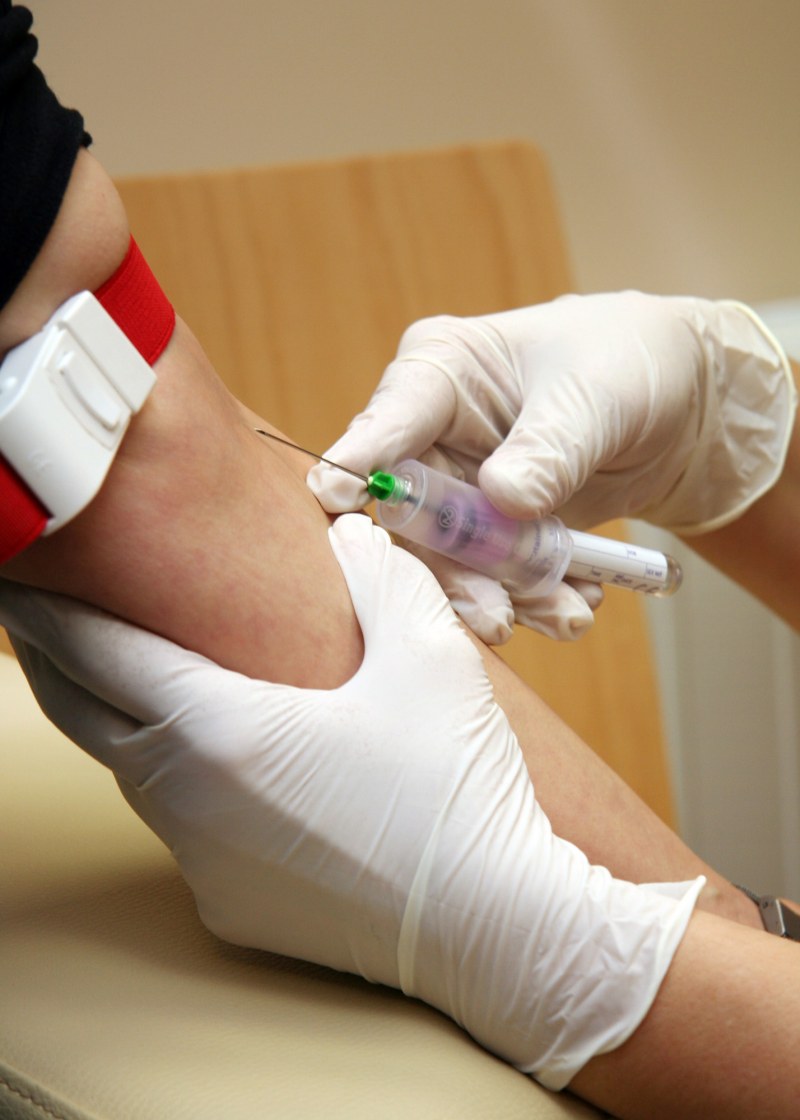
What to do if diagnosed with HIV?
As you can see, with timely diagnosis and treatment, HIV can live long enough. Therefore, if in any doubt, please contact the clinic for tests.
